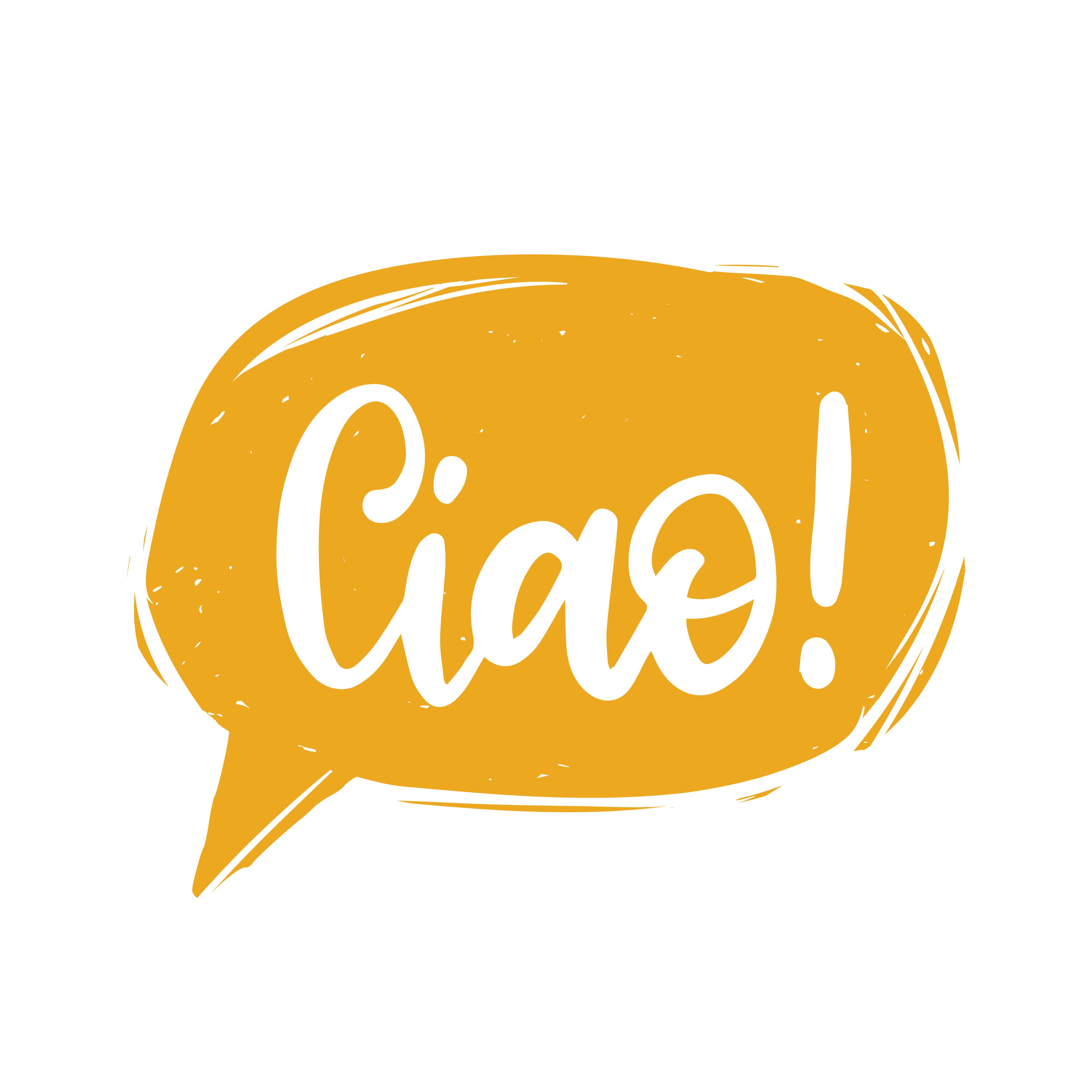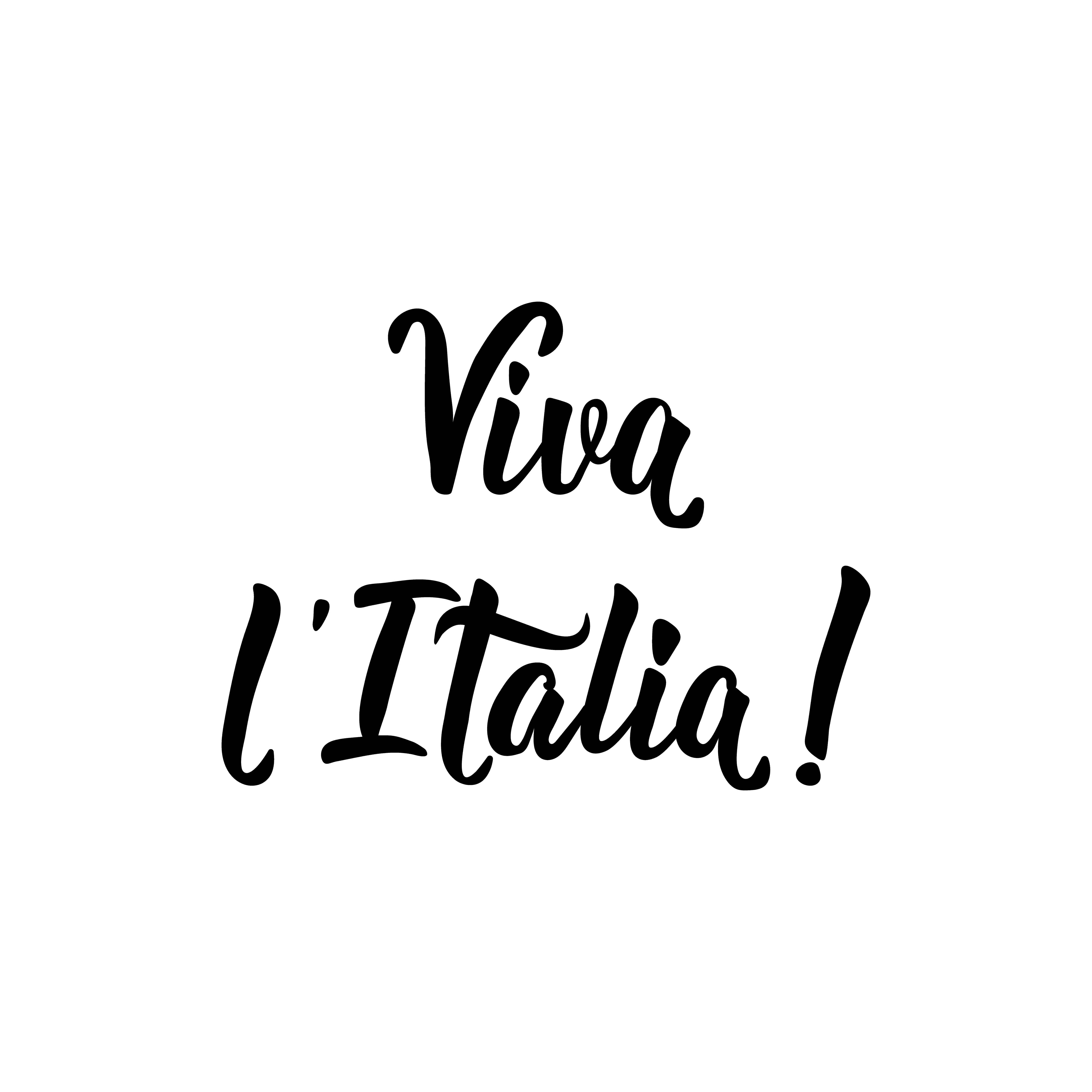
If you’re learning Italian, one of the first issues you may have come across is how on earth do plurals work? But, don’t despair! Norma, uTalk’s Marketing Intern (and Italian extraordinaire!) has created this guide to help you so you’ll never have to worry about those pesky plurals again.
Contents
While it may seem like there are a lot of exceptions and rules to remember when it comes to making nouns plural in Italian, just keep in mind that very common words (e.g. ‘il problema’ – the problem) that don’t quite follow the rules you’re familiar with will be easily memorised because of how often they come up.
On the other hand, some of these exceptions are words that you may not even need to use very much, and you will find that lots of Italian words used every day do follow the common rules!
1. Identifying Gender
In Italian, nouns and adjectives can be masculine or feminine. In order to know which article to use and how to make it plural, we must first know the gender of the word!
1.1 Articles
Since the article is placed before the noun, let’s begin with the seven articles of Italian;
*Singular is on the left and plural is on the right*
Masculine Articles:
Il, Lo (before s + consonant, ps, gn, z y) → I, Gli (plural of lo, also used before vowels)
Feminine Articles:
La → Le
Either masculine or feminine:
L’ (used before vowels) → Gli, Le (depending on gender)
Examples:
Il cavallo (the horse) → I cavalli
Lo studente (the student), lo psicologa (the psychologist), lo gnocco (singular gnocchi), lo zaino (the backpack) → Gli studenti, gli psicologi, gli gnocchi, gli zaini
La donna (the woman) → Le donne
L’anatra (the duck) → Le anatre
L’anno (the year) → Gli anni
1.2 General Rules to Identifying Gender
In most cases, words ending with an -o are masculine and singular, and words ending with an -a are feminine and singular.
As mentioned above: ‘il cavallo’ is masculine, whilst ‘la donna’ is feminine.
1.3 Exceptions
Unfortunately, there are a couple of exceptions to the gender rules, which will change the way words are made into plurals.
Feminine words that end in -o:
La mano (the hand)→ le mani
La radio → le radio (this does not change because it is a shortened version of the formal word ‘la radiotelefonia’ which becomes ‘le radiotelefonie’)
La foto (the photo) → le foto (this does not change because it is a shortened version of ‘la fotografia’ which becomes ‘le fotografie’)
Masculine words that end in -a:
Il problema (masculine but ends in an -a) → i problemi
Il poeta (the poet) → i poeti
L’artista → gli artisti (m)/le artiste (f) (artists)
Il dentista → i dentisti/le dentiste

2. General Rules to Plurals
Generally, words that end in -o change to an -i when made plural, and words that end in an -a change to an -e:
Il cavallo (the horse) → i cavalli
La donna (the woman) → le donne
Regardless of gender, words that end in -e change to an -i:
M: Il fiore (the flower) → i fiori
F: La legge (the law) → le leggi
Words that end in -à or -ù never change from singular to plural:
La città (the city) → le città
La virtù (virtue) → le virtù
Words taken from other languages also don’t change:
Il computer → i computer
Lo yogurt → gli yogurt
3. Exceptions
Some words that end in -co or -go also respectively change to -chi (pronounced like ‘ki’): and -ghi (pronounced like the ‘g’ in ‘geese’) to maintain the same sound.
Poco (a little, not much) → Pochi
Il luogo (the place) → I luoghi
Others change to -ci (pronounced like the ‘ch’ in cheese) and -gi (pronounced like the ‘g’ in ‘gym’)
L’amico (the friend) → Gli amici
L’asparago (asparagus) → gli asparagi
Words that end in -ca and -ga respectively become -che and -ghe to maintain the ‘c’ and ‘g’ sounds:
L’amica (friend – feminine) → le amiche
L’alga (seaweed) → le alghe
How to make the plural of words that end in -gia:
When the -g is preceded by a vowel, the -g is followed by an -i.
La valigia (suitcase) → le valigie
La ciliegia (cherry) → le ciliegie
However, when the -g is preceded by a consonant (another -g in this case!), the -g is not followed by an -i.
La spiaggia → le spiagge (no ‘i’ before the ‘e’!)
4. Irregular Plurals
4.1 The biggest changes from singular to plural
L’uomo (the man) → i uomini
Dio (God) → dèi
Mio (My/mine) → miei
Tuo (Your(s))→ tuoi
Suo (His/hers) → suoi
Bello (Beautiful) → belli/bei/begli)
a) Belli – used when adjective is placed after the noun e.g. fiori belli (beautiful flowers)
b) Bei – used when adjective is placed before the noun, when ‘i’ article is used e.g. ‘bei fiori’ (beautiful flowers) – bei is used here because ‘the flowers’ is translated as ‘i fiori’
c) Begli – used when adjective is placed before the noun, when ‘gli’ article is used e.g. ‘gli occhi’ (the eyes) become ‘begli occhi’ (beautiful eyes)
Quello (That/that one) → quelli/quei/quegli
Similarly to bello, the plurals for ‘quello’ depend on whether the adjective is placed before or after the noun, and whether the ‘i’ or ‘gli’ article is used.
Since there is no feminine equivalent to ‘gli’ because there is only one feminine plural article, the feminine plural of quello (quella) only has one option: ‘quelle’.
Lastly, this is a list of some commonly used words which either change from one gender to the other when made plural, or can take either masculine or feminine endings – don’t worry, the most commonly used gender is in bold!
4.2 Plurals that change gender
*Singular is on the left, and plural is on the right*
Un migliaio (around one thousand of something) → migliaia
a) Un migliaio di scatole (around one thousand boxes)
b) Due migliaia di scatole (around two thousand boxes)
Mille (one thousand) → Mila
a) Mille borse
b) Due mila borse
Un paio (a pair) → paia
a) Un bel paio di jeans (a beautiful pair of jeans)
b) Due belle paia di jeans (two beautiful pairs of jeans)
L’uovo (the egg) → le uova
a) L’uovo è buono (the egg is good)
b) Le uova sono buone (the eggs are good)
Il carcere (prison) → le carceri
a) Il carcere è piccolo (the prison is small)
b) Le carceri sono piccole (the prisons are small)
Both masculine and feminine plurals:
*the most commonly used term is in bold*
Il braccio (arm) → i bracci/le braccia
Il ciglio (eyelash) → i cigli/le ciglia
Il sopracciglio (eyebrow) → i sopraccigli/le sopracciglia
Il dito (finger) → I diti/le dita
Il ginocchio (knee) → i ginocchi/le ginocchia
Il labbro (lip) → i labbri/le labbra
Il membro (member)→ i membri/le membra
L’osso (bone; masculine) → i ossi/le ossa
Il lenzuolo (bed sheet) → i lenzuoli/le lenzuola
Il muro (wall) → i muri (used for a house, garden or road)/le mura (less common; used in reference to the old walls of a city)
There are many more examples of words with both masculine and feminine plurals. However, the words which we have decided not to include in this list either stay the same gender in the plural the vast majority of the time, or are only sometimes changed in literature.
5. Final Thoughts
It might seem quite complicated, but it’s much easier than it looks! Since plurals come up so often in spoken and written Italian, it’s something that you can acquire along the way just by exposing yourself to the language!
If you want to practise your plurals, try challenging yourself by changing any new vocabulary that you may come across into the singular or plural form and see if you get it correct.
Watching films or TV shows in Italian can be really great too! Try putting the subtitles on in Italian and checking how the plurals are spelt – this is especially useful for times when Italians speak quickly or use some dialect (which is typically translated into Italian in the subtitles!).
In bocca al lupo!
